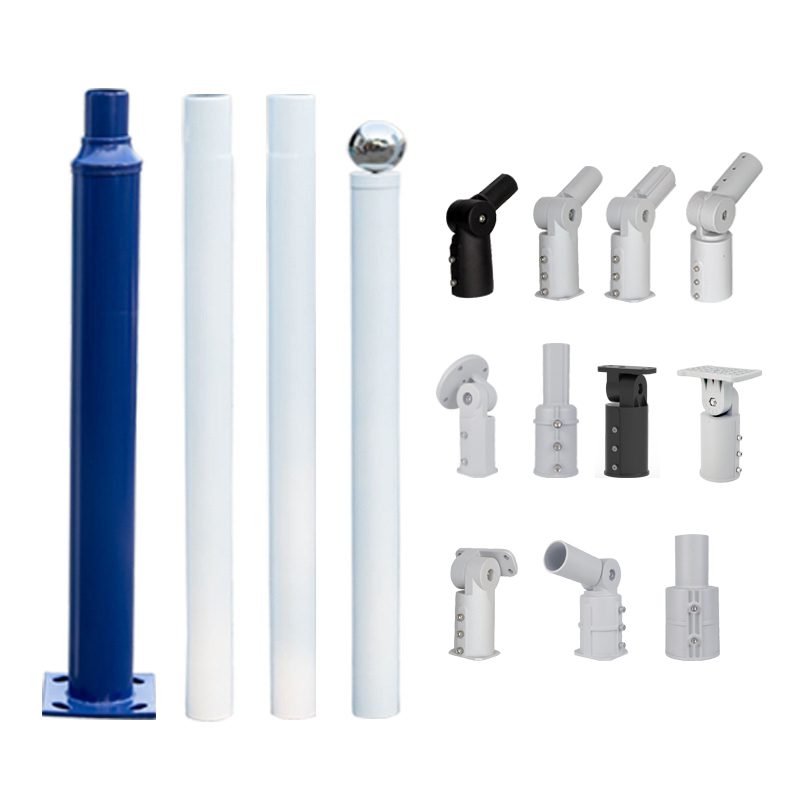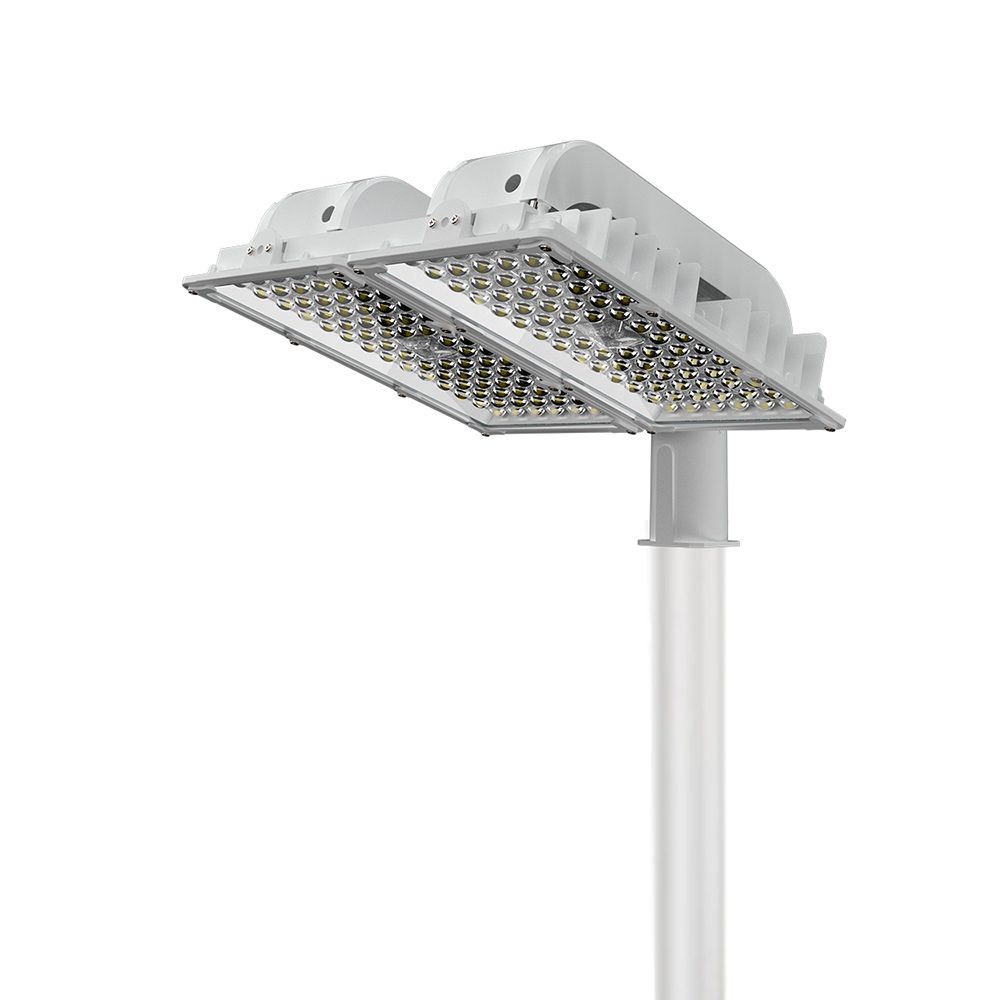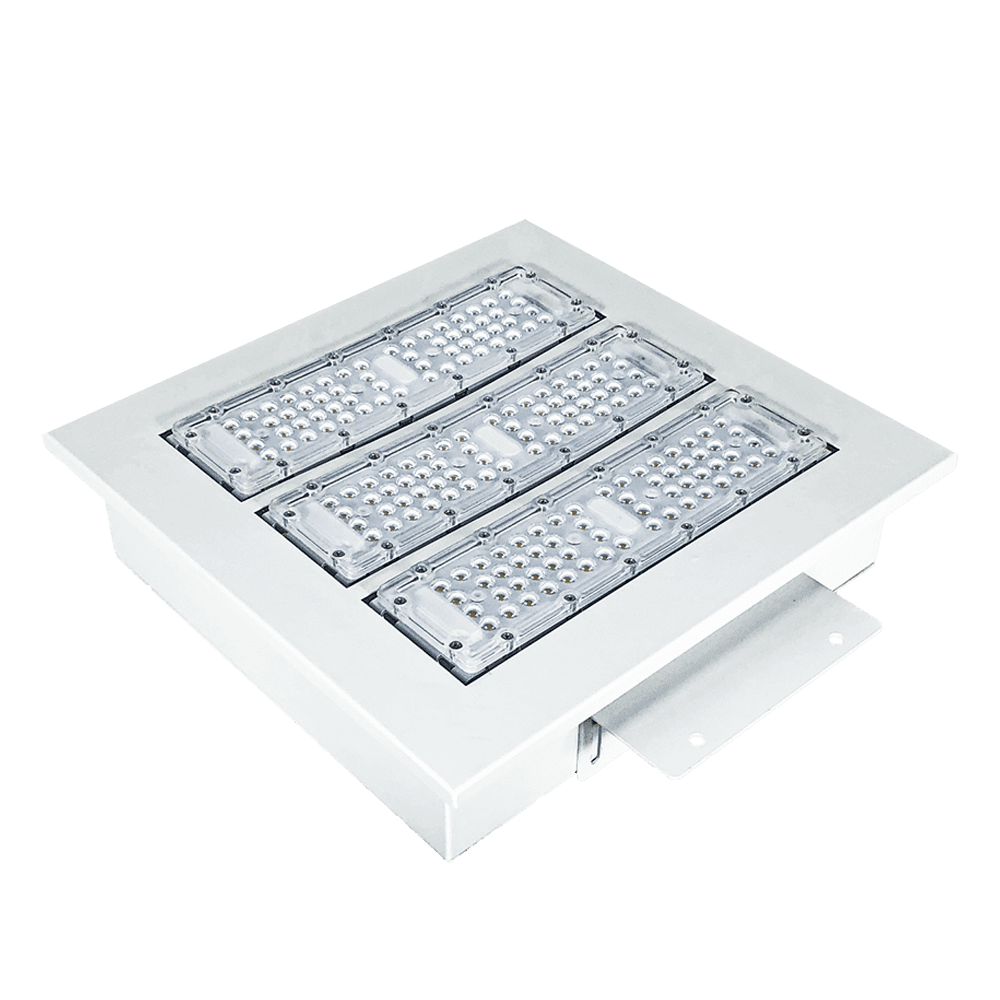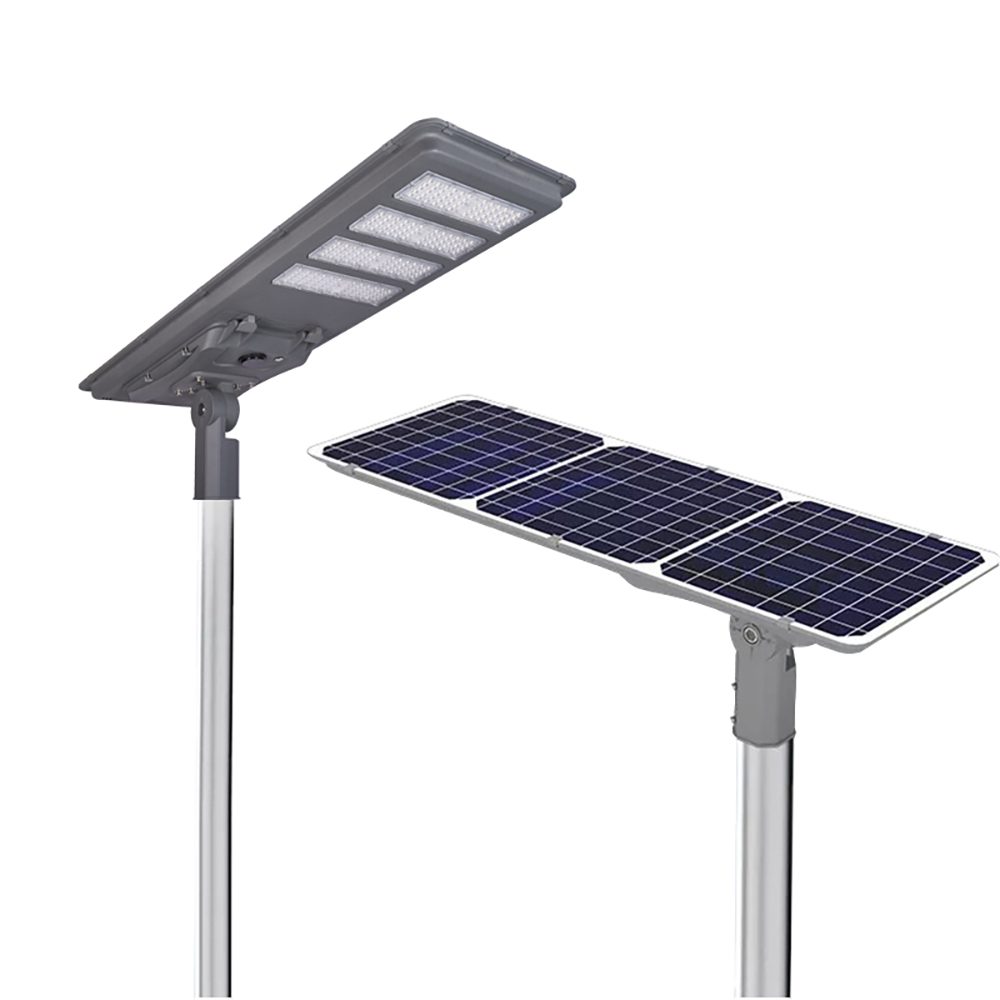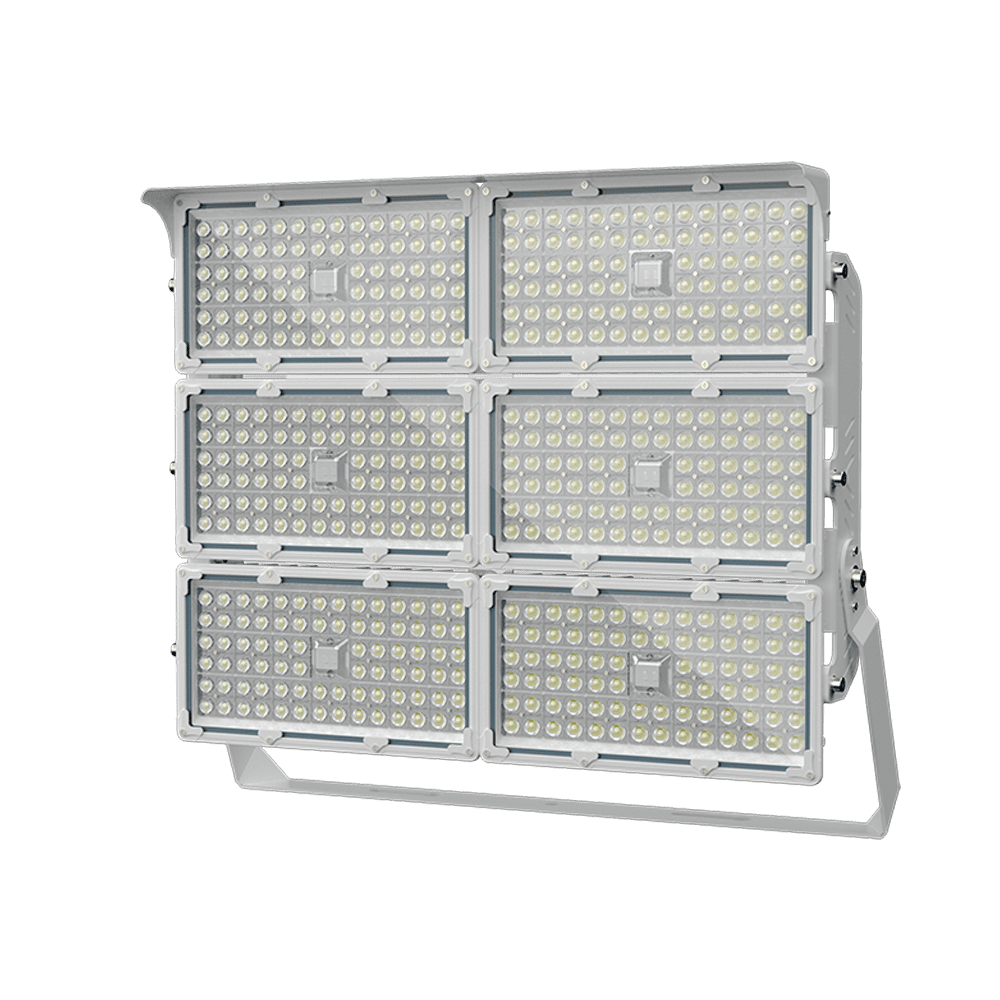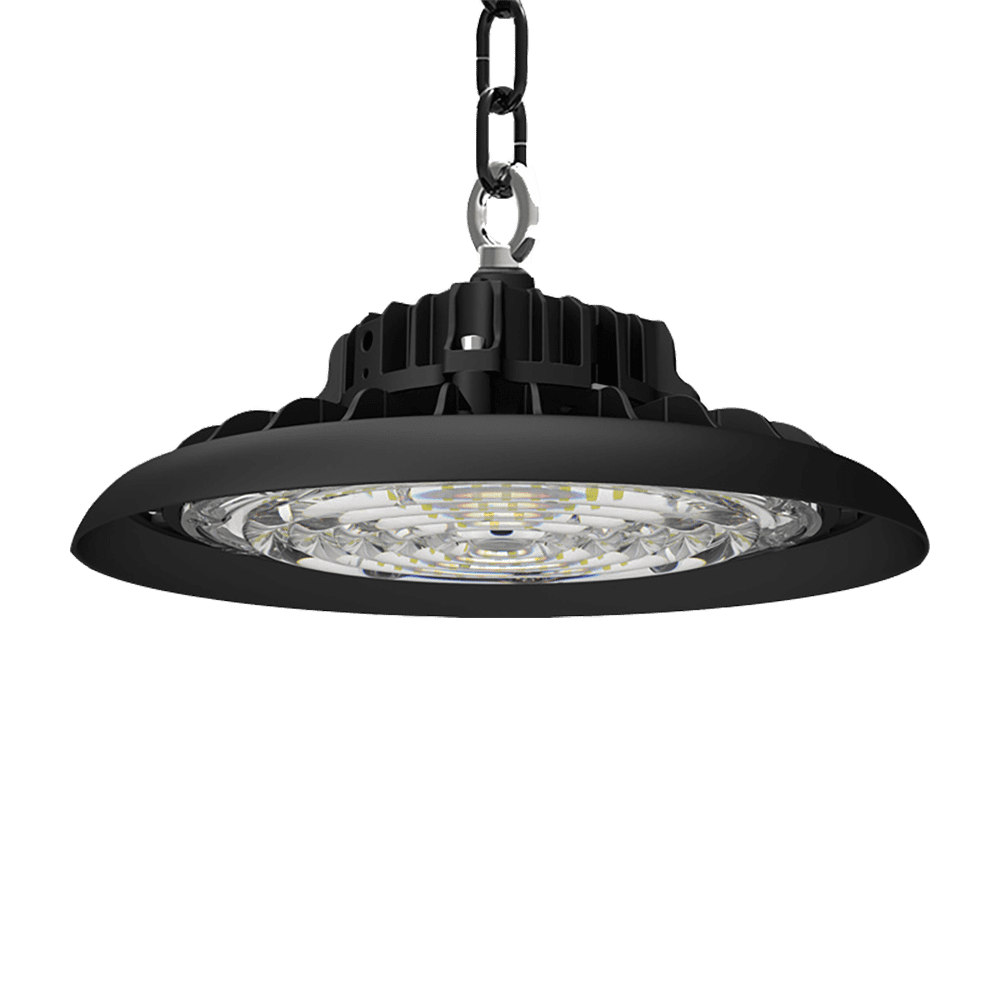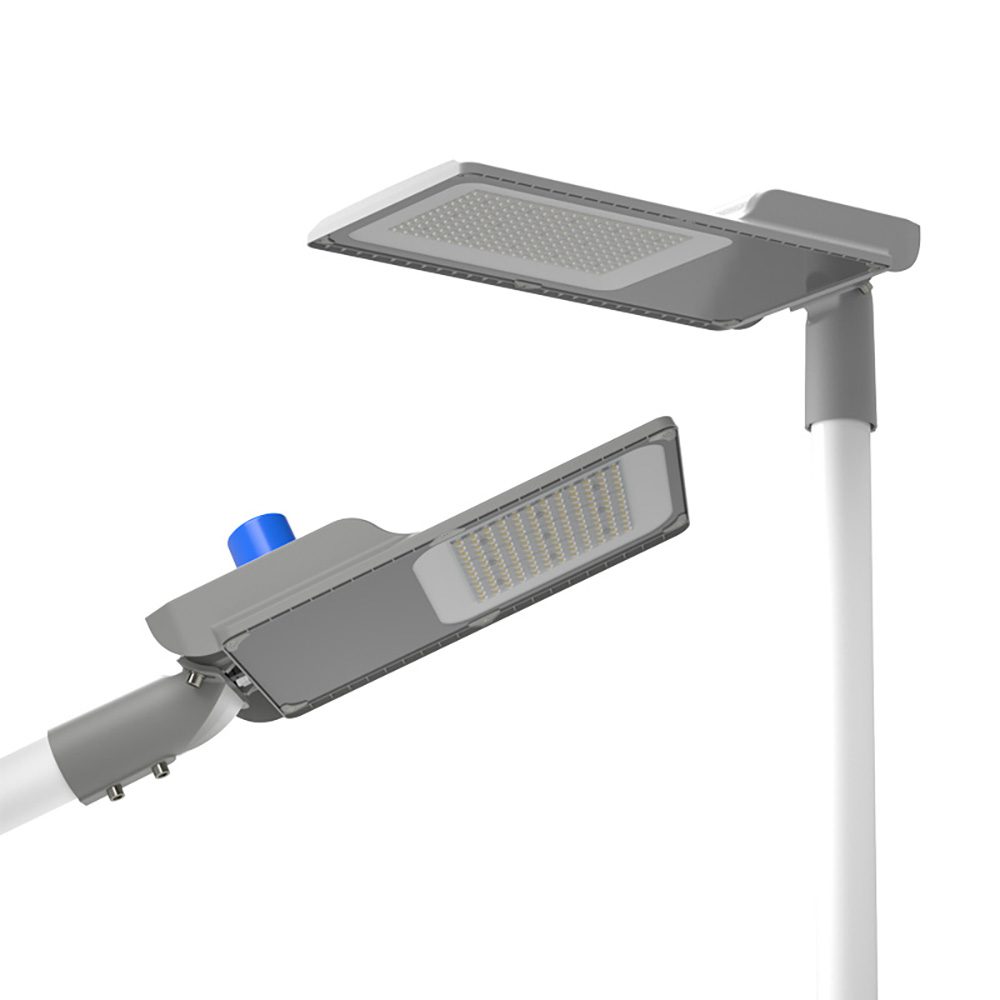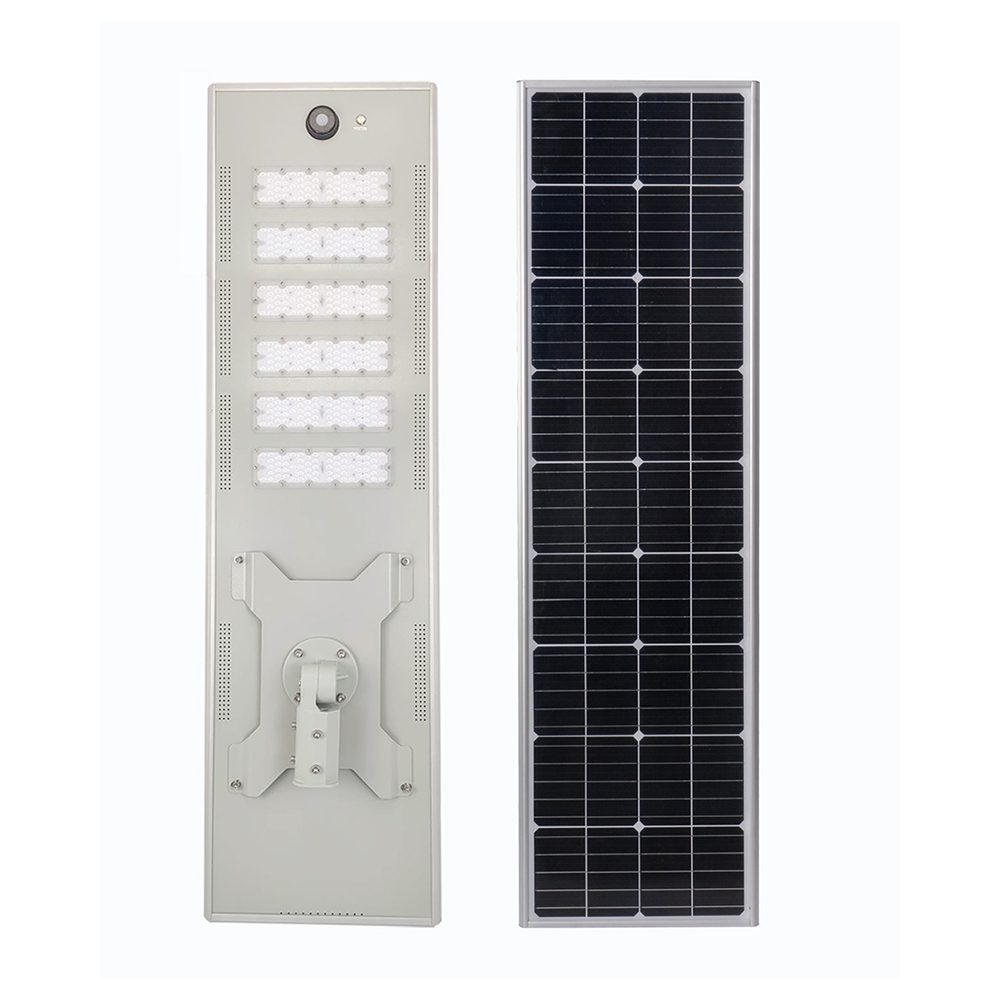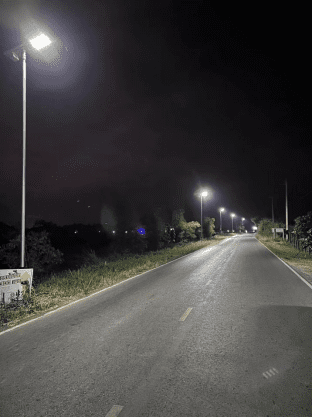In the development of modern cities, the role of outdoor safety lighting has become increasingly prominent. Whether in commercial areas, parks, or residential neighborhoods, good lighting not only enhances safety but also improves the aesthetic appeal of the environment. However, choosing the right color temperature is crucial for maximizing the effectiveness of outdoor lighting. This article explores the impact of different color temperatures on outdoor safety lighting and recommends the most suitable range.
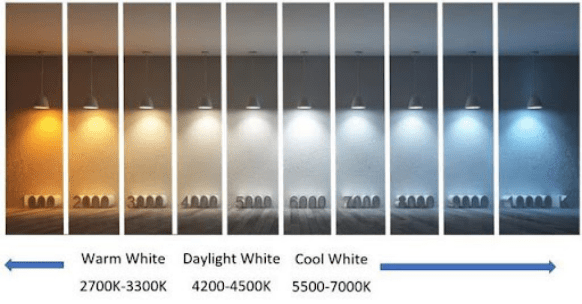
Basic Concept of Color Temperature
Color temperature refers to the color characteristics of the light emitted by a light source, usually measured in Kelvin (K). A lower color temperature results in warm light (such as yellow or red), while a higher color temperature produces cool light (such as blue or white). In outdoor safety lighting, the choice of color temperature directly affects visual comfort and safety.
Characteristics of Different Color Temperatures
1.Warm Color Temperature (2700K – 3000K)
Warm color temperatures create a cozy and comfortable atmosphere, making them suitable for residential areas and recreational spaces. While this type of light can foster a relaxing environment, its visibility may be relatively low for safety lighting, which might not be ideal.
2.Neutral Color Temperature (3500K – 4100K)
Neutral color temperatures provide balanced light that is neither too cool nor too warm. This range is often used in commercial areas and public spaces, effectively enhancing visibility while maintaining a degree of visual comfort.
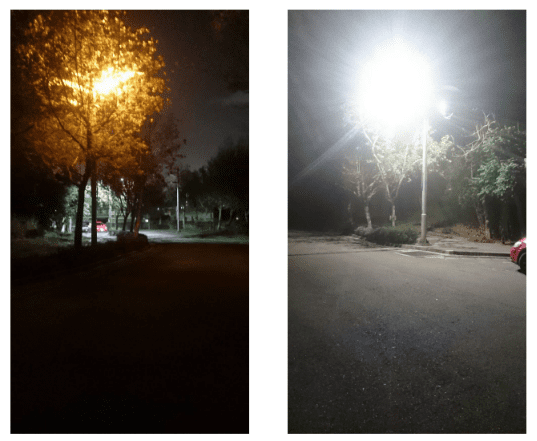
3.Cool Color Temperature (5000K – 6500K)
Cool color temperatures offer high brightness, maximizing the visibility of the surrounding environment. Such color temperatures are commonly employed in industrial areas, parking lots, and street lighting because they can effectively illuminate large areas, reduce shadows and blind spots, and improve safety.
The Most Suitable Color Temperature
For outdoor safety lighting, cool color temperatures (5000K – 6500K) are generally recommended. This range of color temperature has several advantages:
Enhanced Visibility: The high brightness of cool color temperature light sources can make the surrounding environment significantly brighter, helping pedestrians and vehicles clearly identify potential hazards.
Reduced Crime Rates: Research indicates that well-lit environments can effectively decrease criminal activities. Cool color temperature light sources can provide better surveillance, enhancing the sense of safety.
Increased Alertness: Cool light can stimulate people’s attention, making them more vigilant during nighttime activities and reducing the likelihood of accidents.
Implementation Recommendations
When choosing outdoor safety lighting, it is advisable to prioritize LED fixtures, as LEDs can provide the necessary cool color temperature while also offering high energy efficiency and long lifespan. Additionally, proper fixture layout and lighting intensity are essential for ensuring safety. Fixtures should be evenly distributed to avoid creating shadow areas, thereby comprehensively enhancing lighting effectiveness and safety.
In summary, the choice of color temperature in outdoor safety lighting is crucial. Cool color temperatures (5000K – 6500K) emerge as the best choice due to their excellent visibility and safety features. Through thoughtful lighting design, we can not only enhance safety but also add warmth and beauty to the nighttime urban experience. We hope this article provides valuable insights for your outdoor lighting selections.

